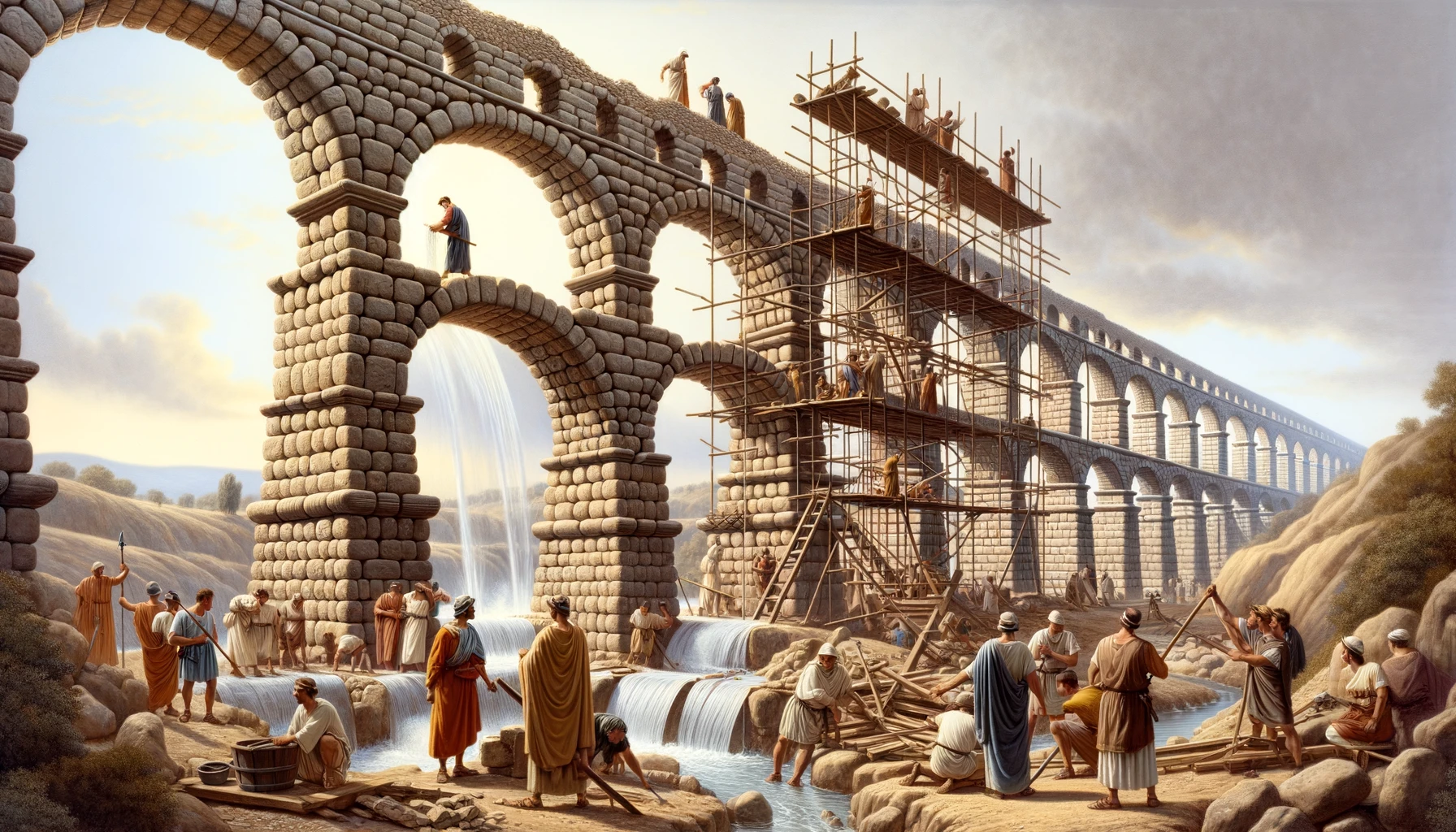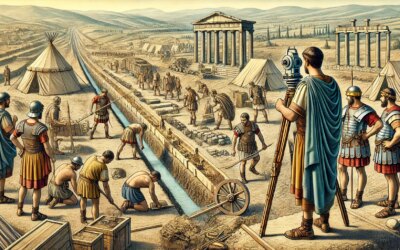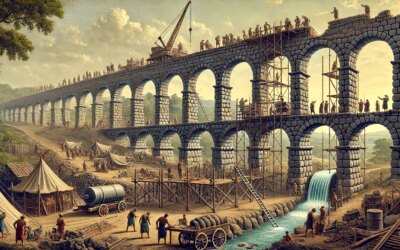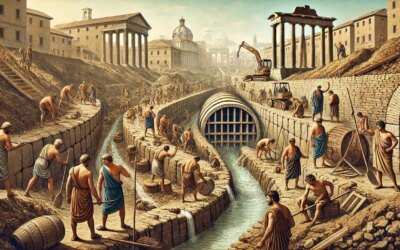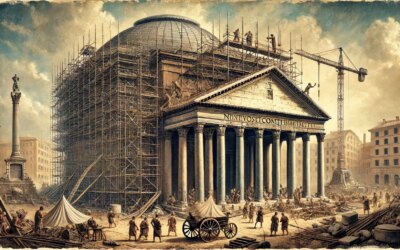Introduction
The Roman aqueducts stand as one of the most impressive engineering achievements of the ancient world. These massive structures transported water over vast distances, enabling the growth of cities, public baths, and fountains. Without aqueducts, Rome could never have supported its massive population. But how were they built, and what made them so effective?
The Need for Aqueducts
As Rome expanded, the city’s natural water sources became insufficient. The Tiber River was too polluted, and wells could not supply enough water for a population that exceeded one million people. To solve this issue, Roman engineers designed a system of aqueducts to bring fresh water from distant sources directly into the city.
Construction and Engineering
The construction of aqueducts required meticulous planning. Roman engineers identified reliable water sources, calculated gradients to ensure a steady flow, and built channels that stretched for miles. Some aqueducts ran underground, while others were supported by massive stone arches that crossed valleys and rivers.
The key materials used included:
- Concrete: A revolutionary material that allowed for durable construction.
- Stone and Brick: Used to reinforce arches and tunnels.
- Lead Pipes: Employed for urban water distribution.
Famous Roman Aqueducts
Some of the most remarkable aqueducts built by the Romans include:
- Aqua Appia (312 BCE): Rome’s first aqueduct, mostly underground to protect it from enemies.
- Aqua Claudia (38–52 CE): One of the most extensive, supplying Rome with abundant fresh water.
- Pont du Gard (France): A stunning multi-tiered aqueduct that still stands today.
The Impact on Roman Society
Aqueducts transformed Roman life. They provided clean drinking water, allowed for the expansion of cities, and supported hygiene through public baths. The famous Roman thermae, such as the Baths of Caracalla, were entirely dependent on aqueducts.
The Decline of the Aqueducts
With the fall of the Roman Empire, many aqueducts fell into disrepair. Barbarian invasions and neglect led to their abandonment, forcing cities to rely once again on wells and rivers. However, some aqueducts remained in use for centuries, influencing modern water supply systems.
Conclusion
Roman aqueducts were more than just infrastructure; they were a symbol of Rome’s technological prowess and vision. Their lasting impact can still be seen today in modern plumbing and irrigation systems, proving that Rome’s ingenuity continues to shape the world.

